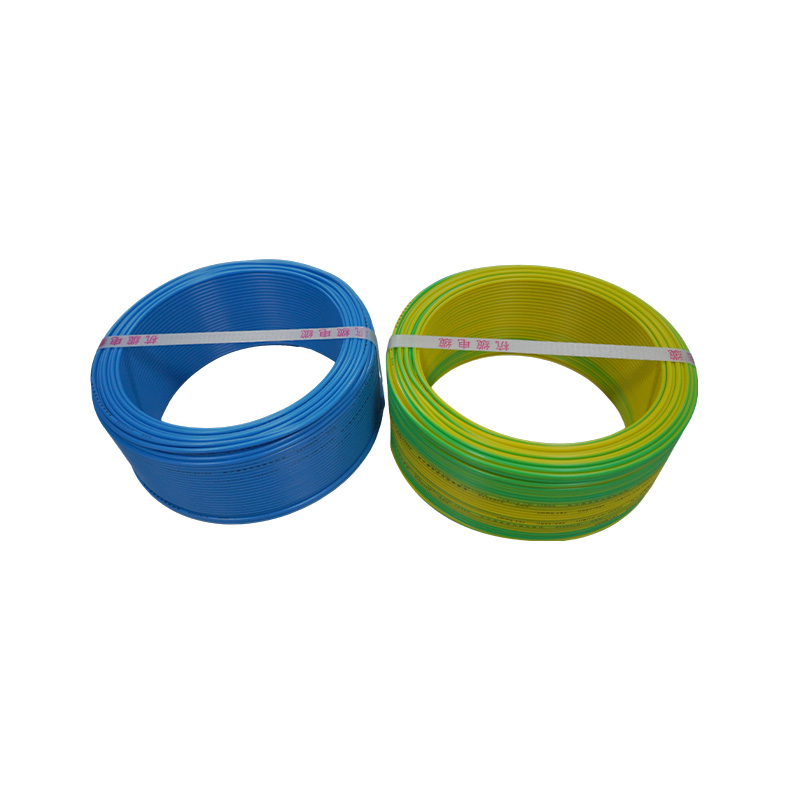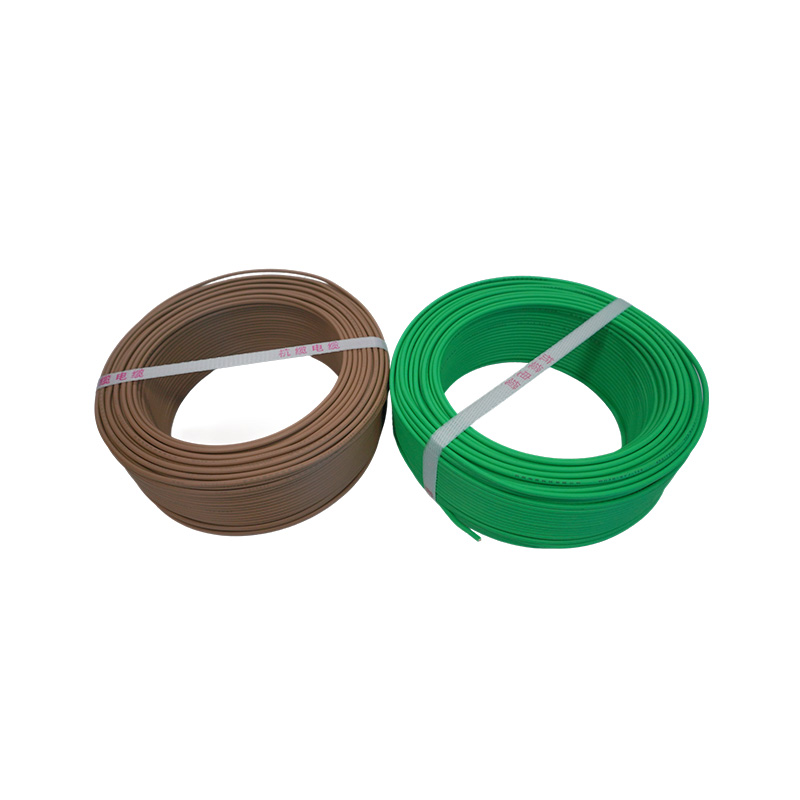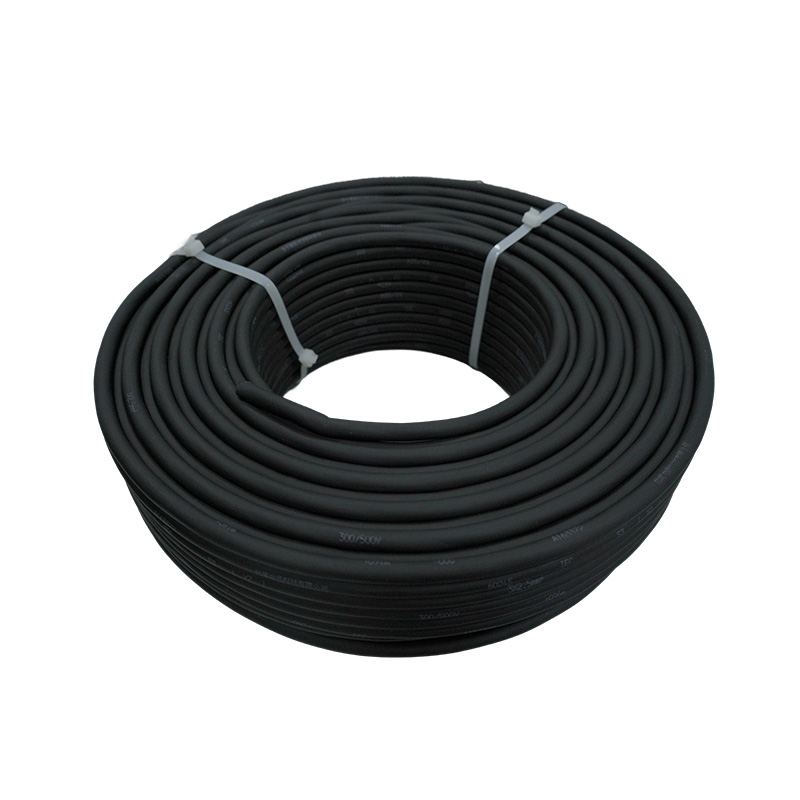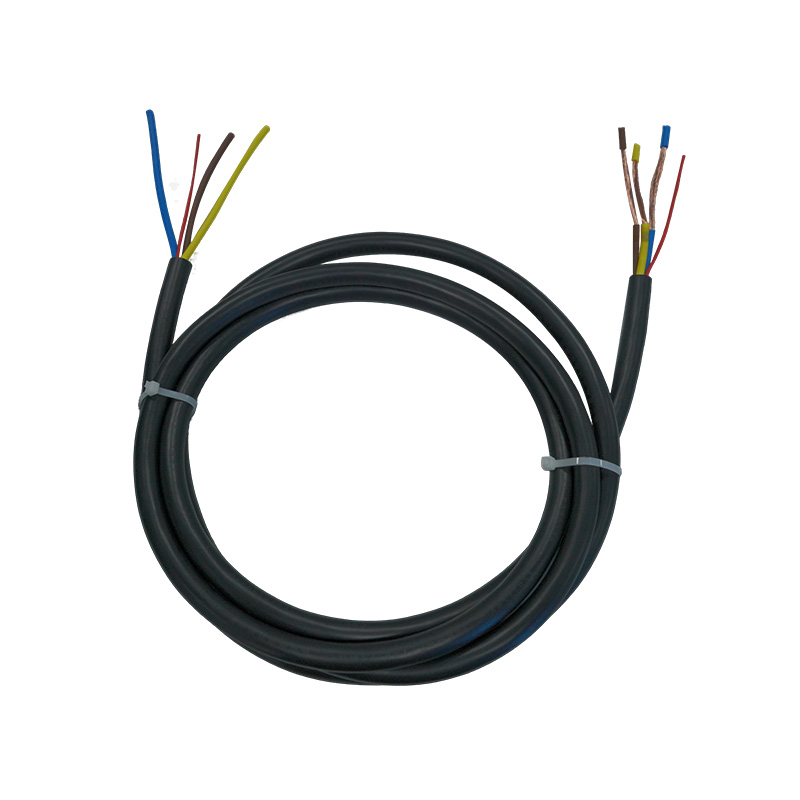Safety Performance Of Power Cables
The safety performance of power cables is a key factor in ensuring the stable operation of power systems and protecting personal safety. This article will discuss the safety performance of power cables in detail, including their design standards, common faults and preventive measures, and how to improve safety through maintenance and management.
I. Design standards for power cables
The design of power cables must follow strict international and national standards to ensure their safety performance under various working conditions. These standards cover multiple aspects such as the structure, materials, electrical performance, and mechanical strength of the cable.
1. Structural design: The structural design of the cable should ensure that it can maintain its integrity when subjected to external forces. For example, the armor layer can provide additional mechanical protection to prevent the cable from being damaged during installation or use.
2. Material selection: The selection of materials such as the conductor, insulation layer, and sheath of the cable is crucial. High-quality materials can not only improve the electrical performance of the cable, but also enhance its durability and safety.
3. Electrical performance: The electrical performance of the cable includes parameters such as resistance, capacitance, and inductance, which directly affect the transmission efficiency and safety of the cable. These factors should be fully considered during design to ensure that the cable works stably under rated voltage and current.
4. Mechanical strength: The mechanical strength of the cable refers to its ability to withstand forces such as tension, compression, and bending. Sufficient mechanical strength can prevent the cable from breaking or deforming during use.
II. Common faults and preventive measures
Although there are strict standards for the design of power cables, various faults may still occur in actual use. It is very important to understand the causes of these faults and take corresponding preventive measures.
1. Overheating: Overheating of the cable may be caused by overload, poor heat dissipation, or short circuit. Preventive measures include reasonable selection of cable specifications, maintaining good ventilation conditions, and regularly checking the cable temperature.
2. Insulation aging: Long-term use will cause the insulation layer of the cable to gradually age and reduce its electrical performance. Preventive measures include using high-temperature and aging-resistant insulation materials, and regularly replacing severely aged cable segments.
3. Mechanical damage: The cable may be mechanically damaged during installation or use, such as scratches and flattening. Preventive measures include strengthening the protection of cables, such as using armor layers and setting up warning signs.
4. Corrosion: The metal part of the cable may corrode due to environmental factors, affecting its conductivity. Preventive measures include selecting corrosion-resistant materials and taking anti-corrosion measures.
III. Maintenance and management
In order to ensure the safety performance of power cables, in addition to taking measures in the design and manufacturing stages, it is also necessary to pay attention to daily maintenance and management.
1. Regular inspection: Regularly inspect the cables, including appearance inspection, temperature monitoring, insulation resistance testing, etc., to promptly identify potential problems and deal with them.
2. Cleaning and maintenance: Keep the cables and their surroundings clean to avoid damage to the cables caused by dust, moisture, etc. For areas susceptible to contamination, the cleaning frequency should be increased.
3. Record management: Establish a complete cable management file to record the installation date, specifications, models, usage and other information of each cable for easy tracking and management.
4. Training and education: Provide professional training to relevant personnel to improve their understanding of the safety performance of power cables and their operating skills, and reduce safety accidents caused by human errors.
IV. Conclusion
The safety performance of power cables is the basis for the stable operation of the power system. By following strict design standards, understanding common faults and preventive measures, and strengthening daily maintenance and management, the safety performance of power cables can be effectively improved to ensure the safe and reliable operation of the power system. Enterprises and research institutions should continue to innovate and develop more new cable products that meet market demand to meet the needs of future power systems. At the same time, strengthening international cooperation and jointly formulating and improving relevant standards is also an important way to promote the development of the power cable industry.







